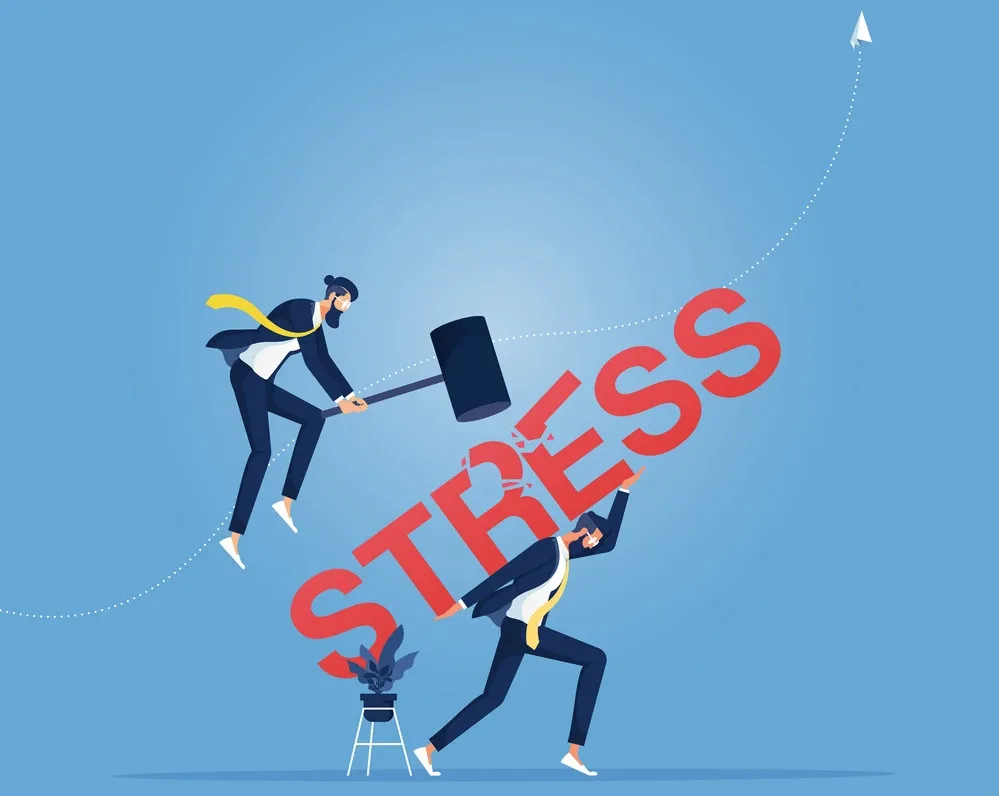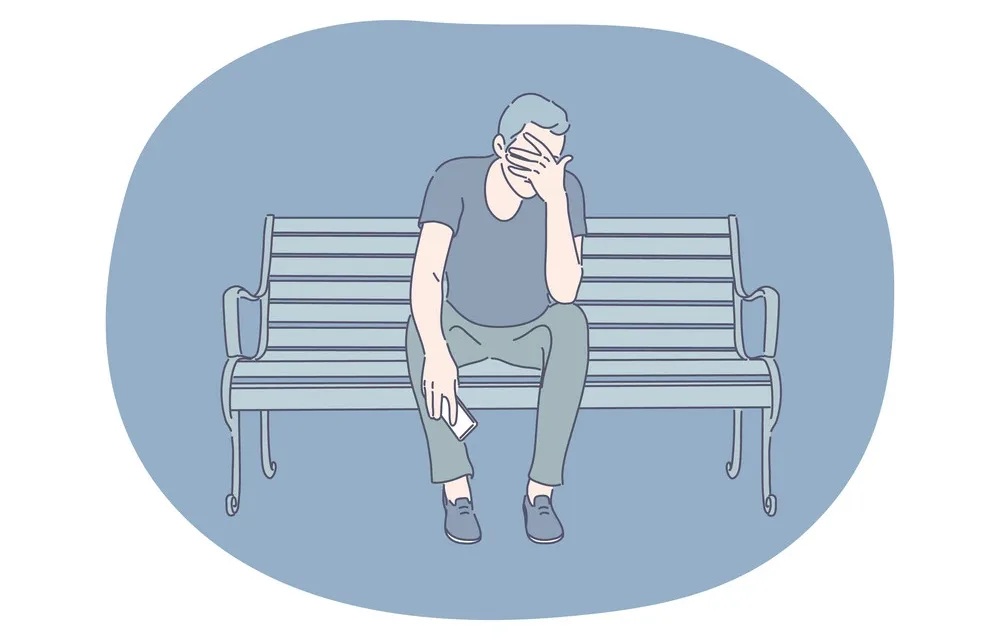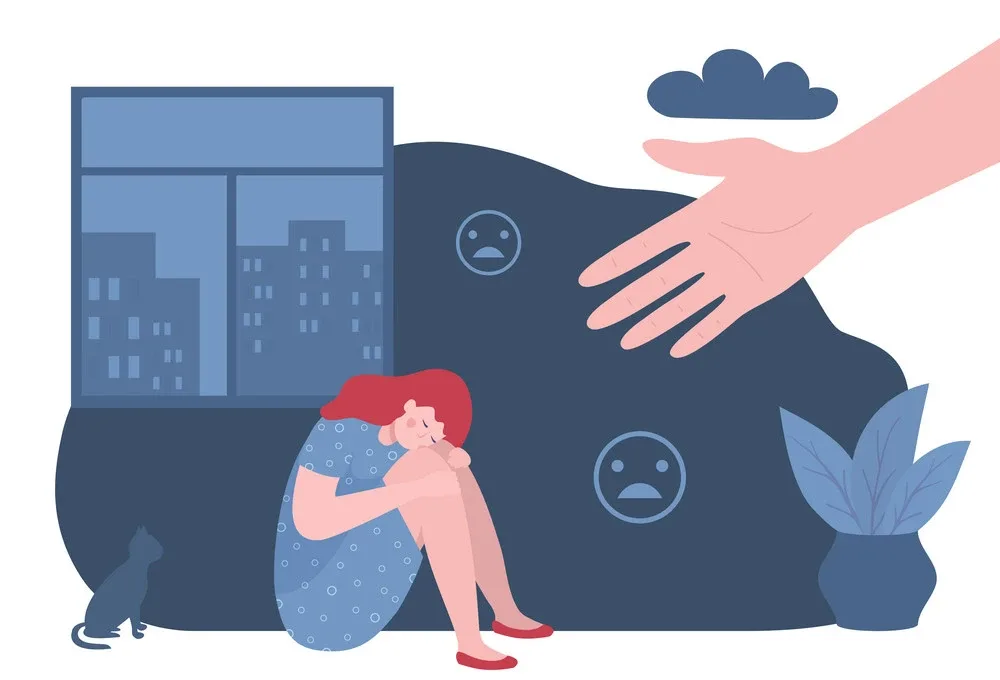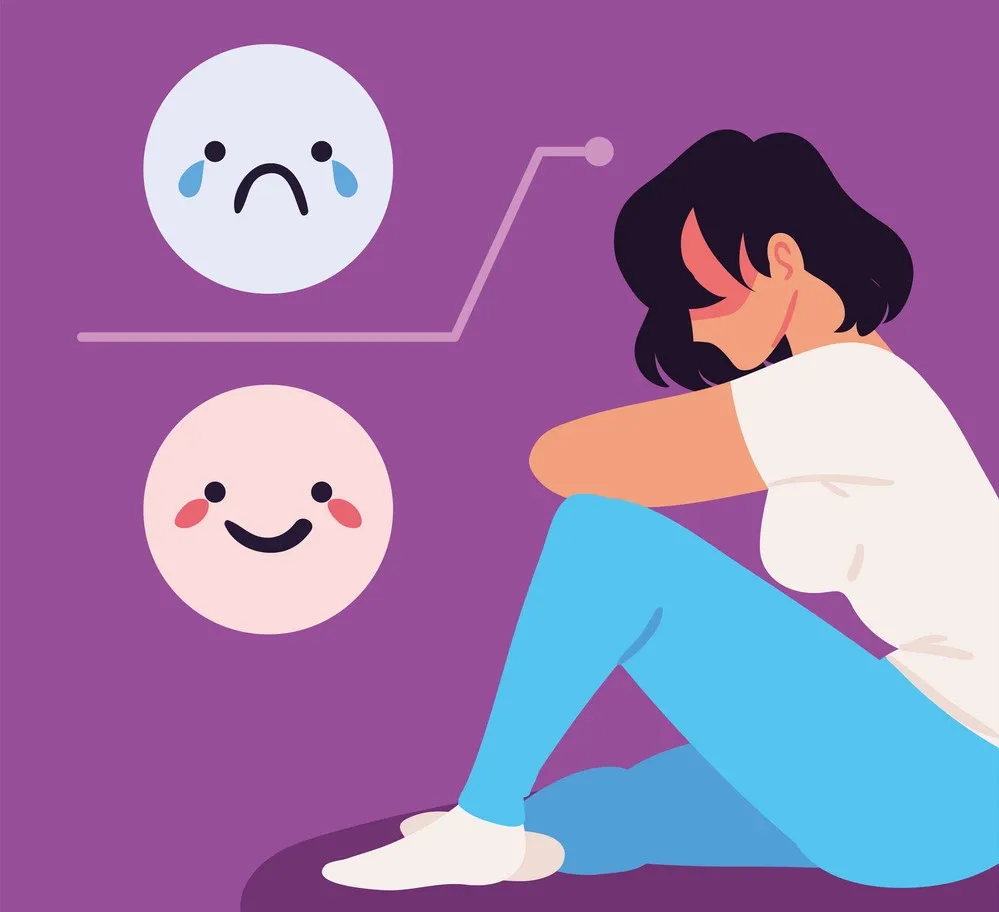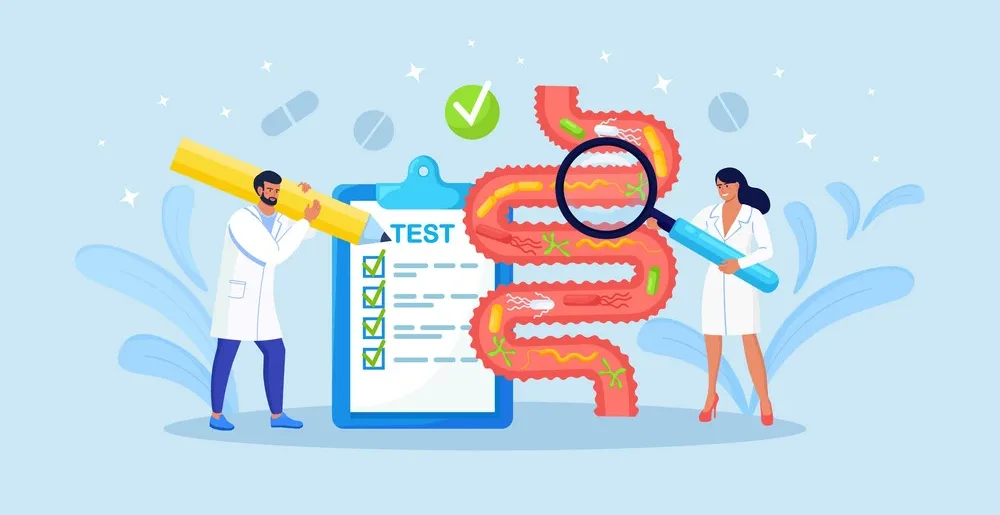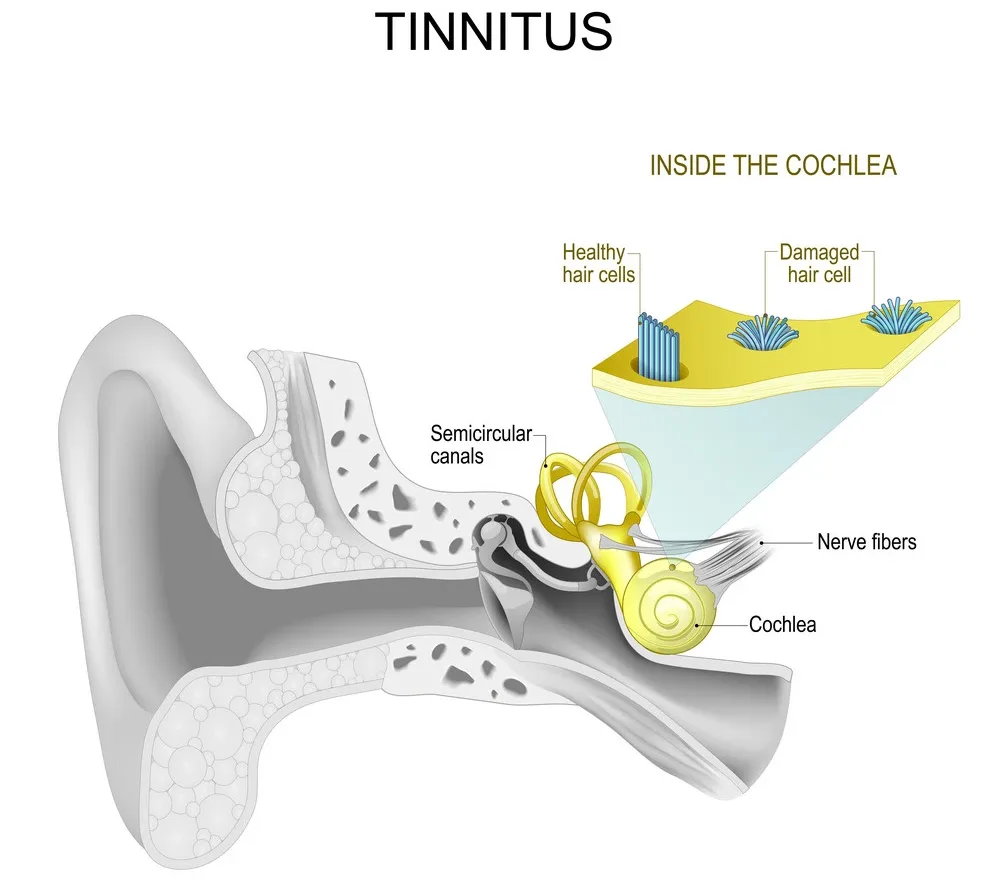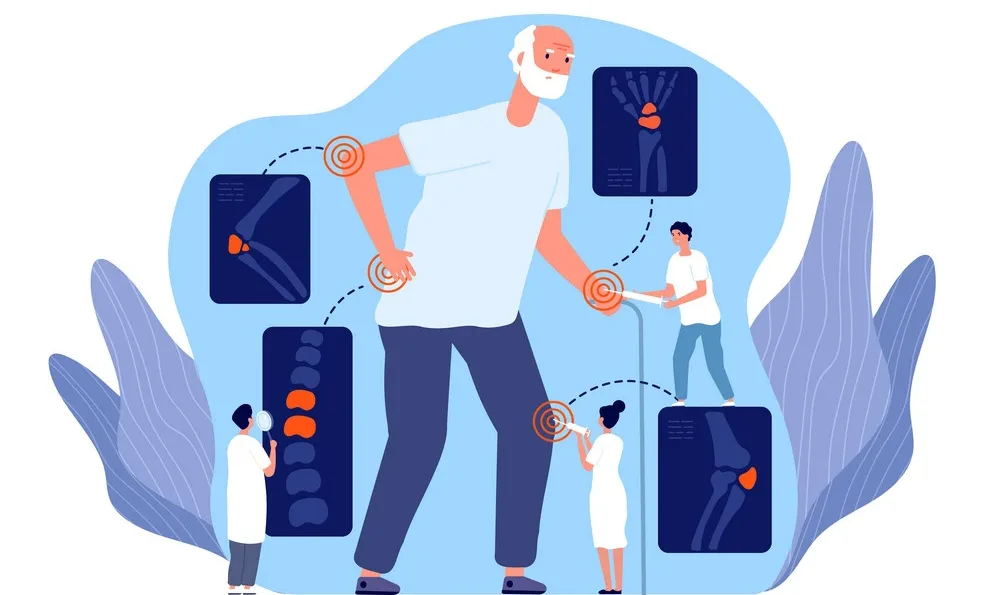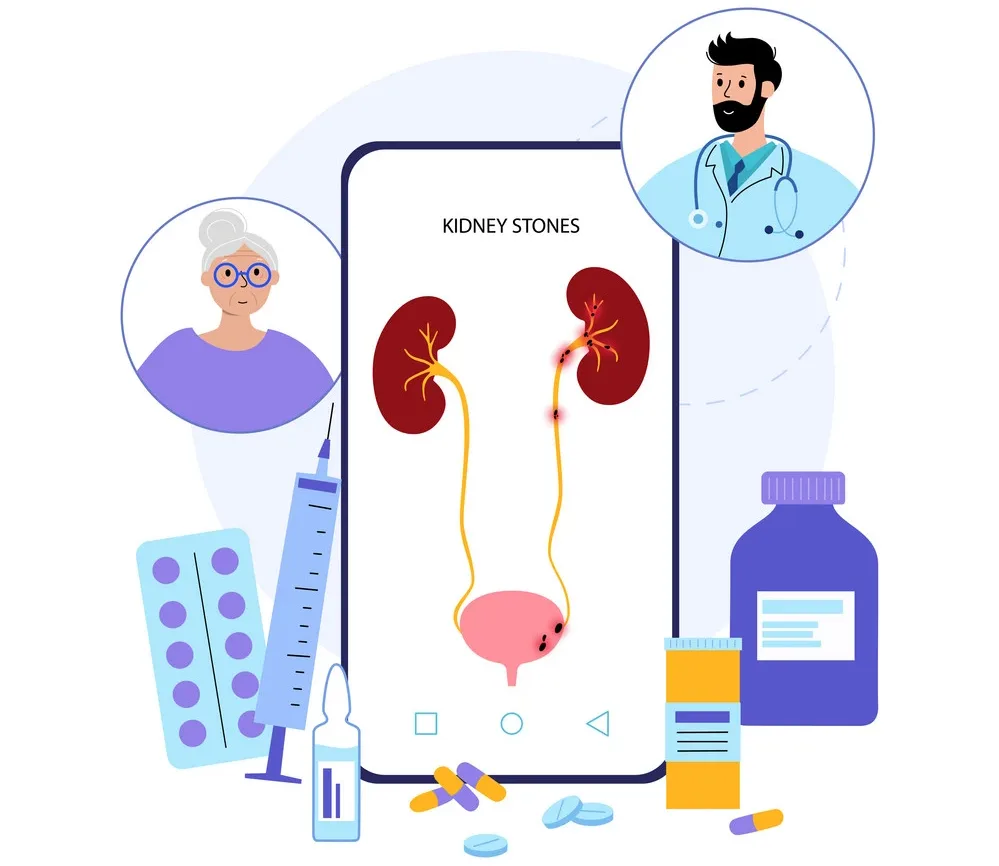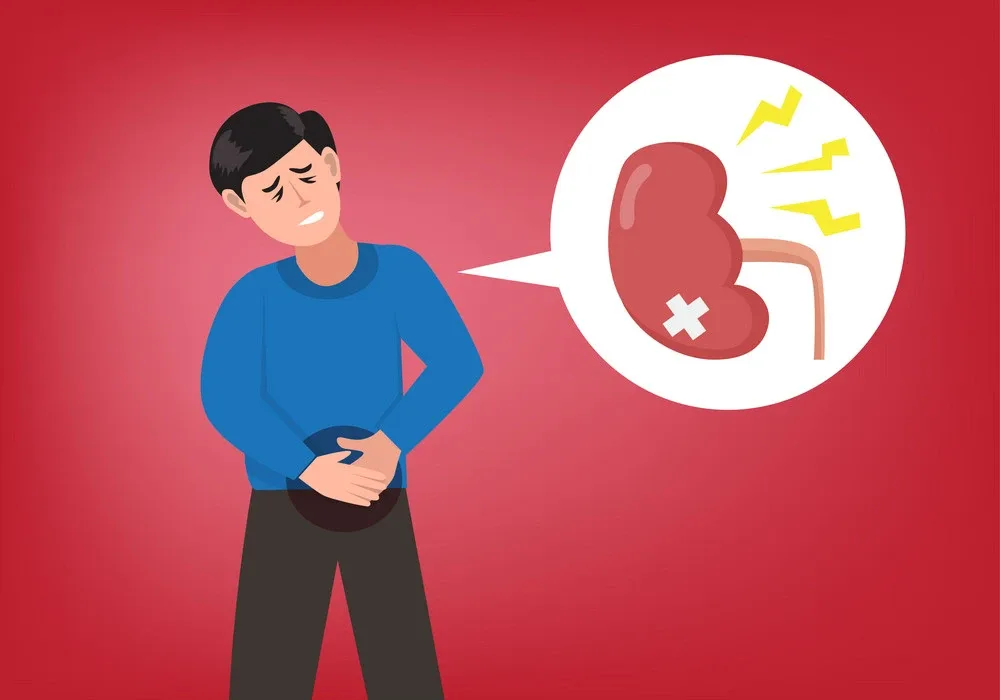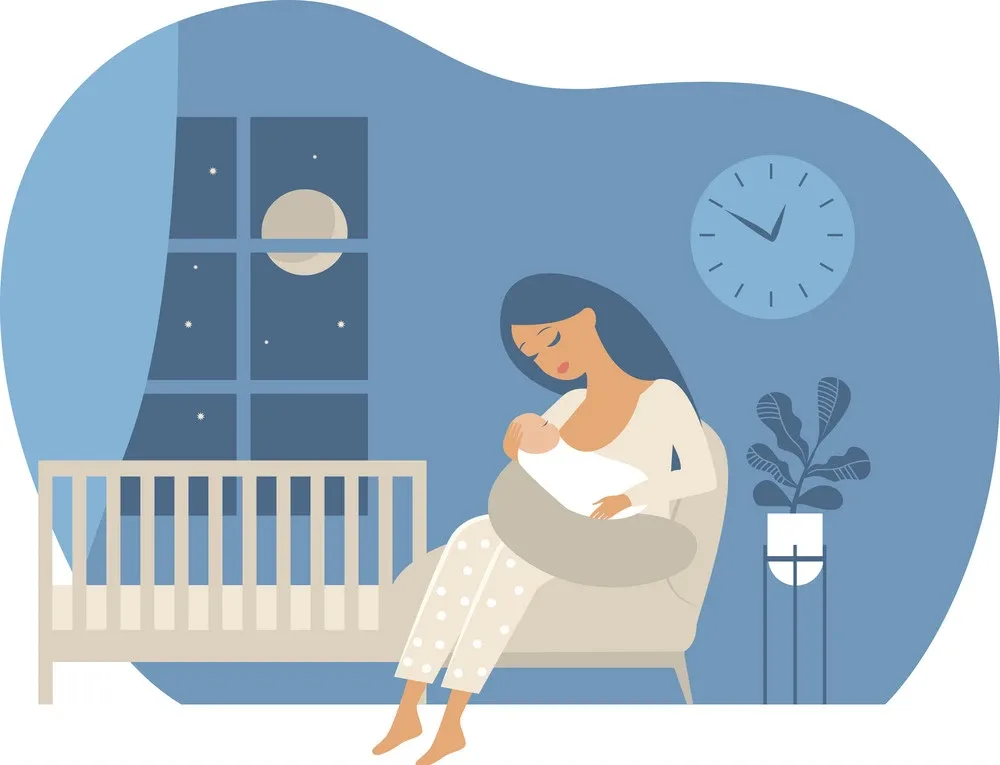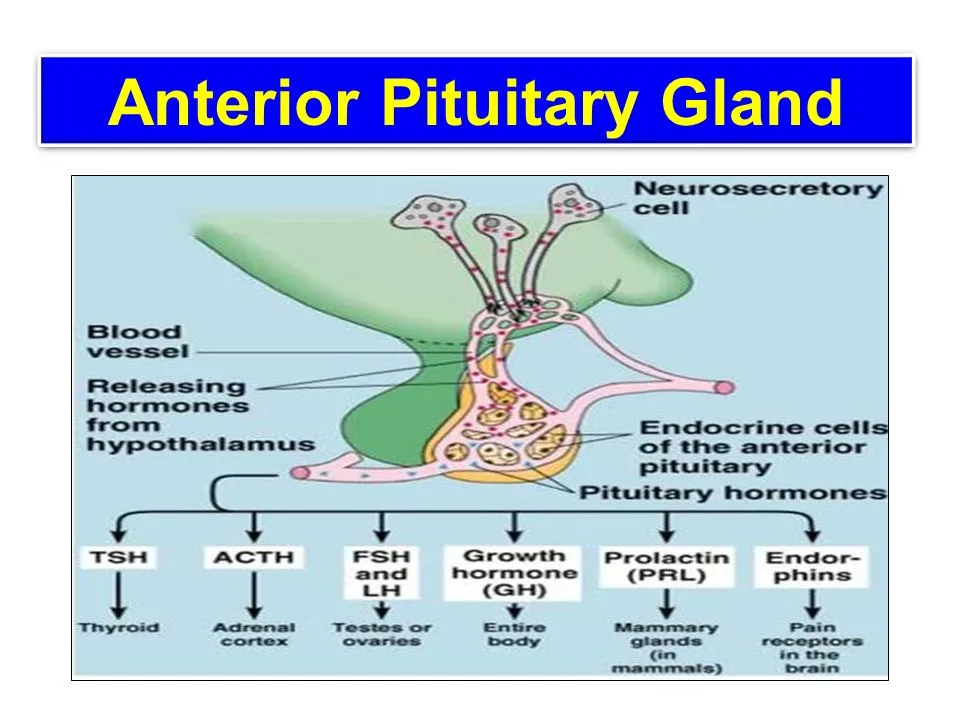Acromegaly: What It Is, Causes, Symptoms & Treatment
Houston Endocrine Center2023-01-30T15:15:20+00:00Acromegaly is a disease that occurs when your pituitary gland produces too much growth hormone. The result is that your body continues to grow even after you’ve gone through puberty. It can affect men and women of all races.
What Is Acromegaly?

Acromegaly is a rare disorder in which the body produces too much growth hormone. A noncancerous tumor causes it in the pituitary gland, which leads to the overproduction of growth hormone (GH). The GH affects bones, especially in the hands, feet, face, and jaw.
People with acromegaly may have enlarged hands and feet; long, thick fingers; large facial features; and an enlarged tongue that can hamper speech. People with this condition also tend to have diabetes or high blood pressure as complications from their excess GH production.
What causes acromegaly?
There are several causes of acromegaly, including:
- GH overproduction: The pituitary gland produces growth hormone (GH), which is essential for normal development and growth. In people with acromegaly, the pituitary gland overproduces GH and releases too much into the bloodstream. This disrupts other hormones needed for puberty and adulthood and normal brain function.
- Pituitary tumor: Sometimes, a tumor forms in the pituitary gland (a pea-sized organ located just below your brain at the base of your skull). The tumor causes excessive GH production and other hormones by releasing them directly into your bloodstream without going through the hypothalamus first. These tumors are often cancerous but aren’t always malignant (cancerous).
- Genetic mutation: Another cause of acromegaly is a genetic mutation that causes too much GH to be produced in response to normal levels of growth hormones released by the pituitary gland. This is an autosomal dominant condition. These mutations are passed down through family lines, so if one parent has acromegaly, there’s a 50 percent chance that their child will also develop it.
How common is acromegaly?
While acromegaly is not as common as some other diseases, it does occur in about 1 in 1,000 people in the US. It’s more common in men than women and among people of African descent. In addition to being more prevalent among those over 50 years old than younger adults, there may be some evidence that the disease affects non-Caucasian populations at a higher rate than Caucasians.
However, these statistics don’t tell the whole story: Since so many different factors can contribute to acromegaly (including genetic factors), we can’t know exactly how many people have it without careful research into every single case—which has yet to happen with this disease.
How is acromegaly diagnosed?

Acromegaly is diagnosed by measuring the size of the bones in your hand and feet. The doctor will measure the length of your 2nd and 4th metacarpal bones, found at the base of each thumb and little finger.
The doctor may also perform an MRI scan to look for tumors in your pituitary gland or other parts of your brain, hypothalamus, or pituitary gland. In some cases, doctors may perform tests to rule out other conditions that cause similar symptoms (such as Cushing’s disease).
What are the symptoms of acromegaly?

Acromegaly can cause the following symptoms:
- Headaches are often severe.
- Tiredness and sleepiness.
- Joint pain, particularly in the hips and shoulders. This is often worse at night and can be disabling for some people with acromegaly.
- Swelling of the hands, feet, and face due to water retention (edema) caused by high growth hormone levels. Edema may be noticeable as puffiness under the eyes or swollen ankles with prolonged standing or sitting in one position for a very long time(such as when driving).
- Trouble sleeping because excess fluid retention results from too much growth hormone production (insomnia). Insomnia may also be caused by the extra weight you put on around your face and neck when you have acromegaly—this puts pressure on nerves that run to your brain while lying down at night!
- Trouble breathing while lying down at night. This can signify sleep apnea caused by the extra weight on your neck and throat. Helpful Tip: A doctor can check whether you have sleep apnea by doing an overnight sleep study (called a polysomnogram).
How is acromegaly treated?
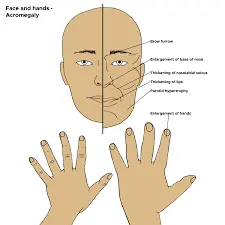
Acromegaly is treated with surgery to remove the tumor, radiation therapy, and drugs.
The most common way to treat acromegaly is surgery to remove the tumor. This type of treatment can make you feel better immediately and may prevent complications related to your condition. The type of surgery depends on where the growth hormone-producing cells are located:
1. Surgery on the pituitary gland can be done using an endoscope or cutting your skull open (craniotomy). The surgeon removes the overgrown tissue in your pituitary gland as much as possible without damaging it, so it doesn’t make too much growth hormone again. You’ll need time for this operation because it involves complex procedures on delicate areas in your brain and skull. Depending on how much tissue is removed from your pituitary gland during surgery, you may still have some acromegaly symptoms after this treatment option because there might not be enough organ left behind after removal for it to produce enough hormones naturally again—in these cases, doctors might recommend taking medicine or other treatments listed below instead.
2. Surgery on other parts of your body where excess growth hormone is produced (for example, jaw bones).
Conclusion
Acromegaly is a condition that causes the pituitary gland to produce excessive growth hormone. This can lead to serious health problems like diabetes, heart disease, and cancer. The good news is that effective treatments are available for this condition, so you shouldn’t be afraid to seek medical help if you have acromegaly.







